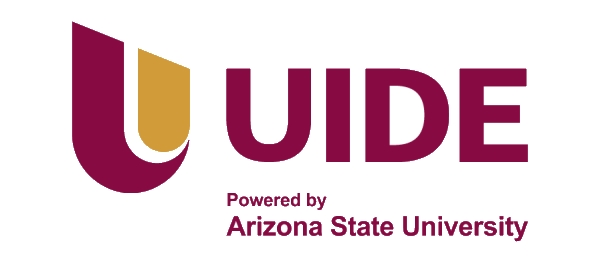
Please use this identifier to cite or link to this item:
https://repositorio.uide.edu.ec/handle/37000/7900Full metadata record
| DC Field | Value | Language |
|---|---|---|
| dc.contributor.author | Suarez Silva, Sandy Silvana | - |
| dc.contributor.author | Verdesoto Velepucha, Christian Bolívar | - |
| dc.contributor.author | Agreda Orellana, Néstor Alexander | - |
| dc.contributor.author | Idrovo Fernández, Rovinson José | - |
| dc.contributor.author | Fernández, José Manuel (tutor) | - |
| dc.contributor.author | Sánchez, Alberto (tutor) | - |
| dc.date.accessioned | 2025-02-27T16:03:38Z | - |
| dc.date.available | 2025-02-27T16:03:38Z | - |
| dc.date.issued | 2025 | - |
| dc.identifier.citation | Suarez Silva, Sandy Silvana; Verdesoto Velepucha, Christian Bolívar; Agreda Orellana, Néstor Alexander; Idrovo Fernández, Rovinson José. (2025). Evaluación de la seguridad vial en la vía Loja-Zamora: propuestas de mejora y recomendaciones para garantizar una conducción segura. Maestría en Gestión de Transporte. UIDE. Quito. 93 p. | es |
| dc.identifier.other | UIDE-Q-TMGT-2025-18 | - |
| dc.identifier.uri | https://repositorio.uide.edu.ec/handle/37000/7900 | - |
| dc.description.abstract | La vía que conecta Loja y Zamora es una infraestructura construida en la última década del siglo XX, cuyo mantenimiento y operación están a cargo del Ministerio de Transporte y Obras Públicas. La ejecución en su primera fase incluyó el trazado geométrico actual, con calzada de pavimento flexible y un ancho de 7,20 metros en promedio, pero en 2011 se realizó el cambio de a una capa de hormigón. Desde 2017, las operaciones de minería a gran escala en la zona sur oriental del país han producido un aumento significativo del flujo vehicular, especialmente de transporte pesado que traslada el material proveniente de esas actividades. Al ser la única carretera de interconexión entre las provincias, la red vial RVE E-50 se ha convertido progresivamente en un cuello de botella, por cuanto su diseño geométrico y las condiciones climáticas ralentizan el tráfico, sobre todo en el ascenso en sentido Zamora-Loja. Ante este panorama, el presente proyecto pretende identificar los principales puntos críticos en los que ocurren la mayor cantidad de accidentes, de tal modo que se ofrezcan alternativas para mejorar la seguridad vial y hacer de esta vía una zona óptima para el tránsito. The road that connects the provinces of Loja and Zamora is a road infrastructure built in the last decade of the twentieth century, the execution in its first phase included the current geometric layout, with flexible pavement roadway and an average width of 7.20 meters. The Ministry of Transport and Public Works is responsible for the maintenance and operation of this Ecuadorian road artery and it was in 2011 that made the change of flexible roadway to a rigid concrete layer. Since 2017, large-scale mining operations began in the southeastern area of Ecuador and with them the constant hauling of material from these exploitations that are entirely carried out by land. As the only interconnecting road between the provinces of Loja and Zamora, the RVE E-50 Loja-Zamora highway has become a bottleneck because its geometric design and the climatic conditions in the area slow down traffic, especially uphill in the Zamora-Loja direction. The degree project aims to identify the main critical points where most accidents occur, and based on this information, offer alternatives to improve road safety to make this road a safe road. | es |
| dc.language.iso | es | es |
| dc.publisher | QUITO/UIDE/2025 | es |
| dc.rights | openAccess | es |
| dc.subject | SEGURIDAD VIAL | es |
| dc.subject | INFRAESTRUCTURA | es |
| dc.subject | ALTERNATIVAS DE MEJORA | es |
| dc.subject | SEÑALIZACIÓN | es |
| dc.title | Evaluación de la seguridad vial en la vía Loja-Zamora: propuestas de mejora y recomendaciones para garantizar una conducción segura | es |
| dc.type | Thesis | es |
| Appears in Collections: | Tesis-Maestría-Gestión del Transporte | |
Files in This Item:
| File | Description | Size | Format | |
|---|---|---|---|---|
| UIDE-Q-TMGT-2025-18.pdf | TESIS A TEXTO COMPLETO | 3.5 MB | Adobe PDF | View/Open |
Items in DSpace are protected by copyright, with all rights reserved, unless otherwise indicated.